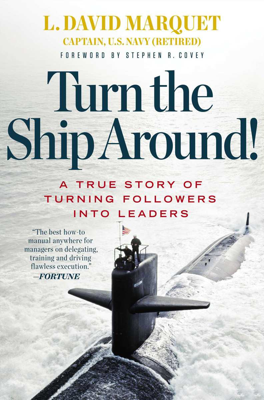A Remembrance of War
Legacy Utilization for Inspiration and Clarity
During a routine transit through the South China Sea, the USS Santa Fe passed a location associated with the USS Grayling, a submarine lost during World War II. This moment sparked a strategic reflection by Captain Marquet on leveraging the submarine force's rich historical legacy to inspire his crew and enhance organizational clarity.
Incident Analysis: Deliberate Action in Emergency Drills
The chapter outlines a high-speed emergency drill simulating a stern plane failure. The discussion highlights the crucial role of the deliberate action mechanism, where crew movements anticipate and signal required actions for emerging situations. This process not only helps in reducing mistake probabilities during operations but also strengthens team coordination and readiness for real emergencies.
Mechanism: Use Your Legacy for Inspiration
- Strategy for Clarity: Connecting current operations to the historical feats and sacrifices of past submariners to instill a deeper sense of purpose and responsibility.
- Incorporating Legacy into Routine: Techniques such as announcements when near historical sites, inclusion of historical accounts in daily briefings, and field trips to Naval museums.
- Impact on Crew Morality and Cohesion: These practices were not perceived as tacky but instead helped to provide clarity about the organization's purpose and the overarching 'why' behind their service.
External Address Using Legacy
Captain Marquet used the theme of honoring the legacy during a prominent convention in Washington, D.C. His speech, “The Spirit Is Alive,” emphasized how current naval personnel resonate with the service's storied past, contributing to a strong reception and fostering a deeper organizational bond.
Questions to Consider
- What is the legacy of your organization and how does it inform its purpose?
- How can you effectively bring this legacy to life within your organization to inspire employees and clarify organizational goals?
- What actions might help individuals in your organization understand and appreciate this legacy better?
